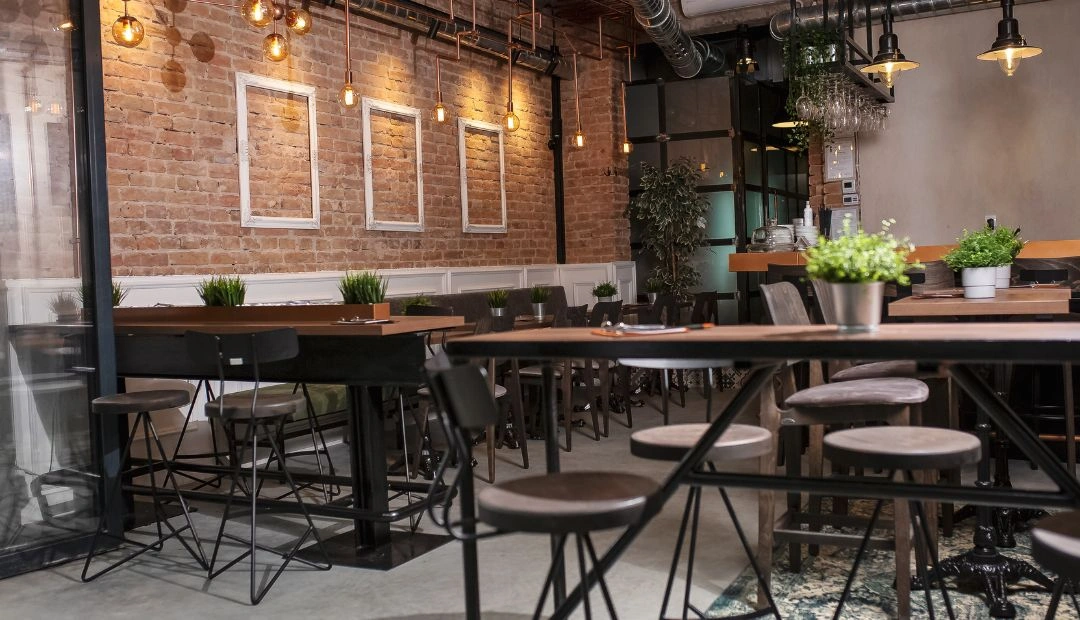Choosing the right retail space goes beyond just picking an empty shop unit—it’s a crucial decision that can really influence the future of your business. Factors like visibility, accessibility, size, and layout all play a role; the perfect location can enhance your brand experience, boost customer engagement, and pave the way for long-term growth.
Whether you’re launching a new venture or moving an existing one, here are some important things to think about when looking at retail spaces for rent.
1. Grasping Your Business Needs
Every business has its own unique vibe, and that includes its space requirements. Start by pinpointing what you really need to operate smoothly:
- How much room do you require for displays, storage, or engaging with customers?
- Will you need access to water or a heavy-duty power supply?
- Is your business going to see a lot of foot traffic, or will most of your customers be placing online orders and picking up their items?
Being clear about your essentials will make it much easier to sift through listings and find the right fit.
2. Think About the Importance of Location
Choosing the right spot for your retail space is about more than just drawing in foot traffic—it can also speed up delivery times, boost your visibility to the right customers, and foster great partnerships with nearby businesses.
Consider these questions:
- Is the location easy to reach via public transport?
- Are there businesses or amenities nearby that complement yours?
- Does the area reflect your brand’s vibe and appeal to your target audience?
Sometimes, being part of a mixed-use development or a community hub can really increase foot traffic and enhance the customer experience, all without the hefty price tag of traditional malls.
3. Evaluate Layout and Flexibility
Not all square footage is created equal. A thoughtfully designed 600 sqft unit can be far more efficient than a larger space that’s oddly shaped. When you’re checking out potential places, keep an eye on:
- The overall flow and how visible everything is from the entrance
- The amount of natural light and the height of the ceilings
- Chances to personalize the space without needing major renovations
Having a flexible layout can also make it much easier to adjust your setup as your business grows.
4. Take a Close Look at Lease Terms
Lease terms can really differ based on where you are, the landlord’s rules, and the type of building. It’s crucial to dig deeper than just the monthly rent and think about:
- The length of the lease and options for renewal
- Requirements for deposits and notice periods
- Any limitations on renovations or hours of operation
- Shared expenses, like maintenance or cleaning fees
By comparing spaces not just on price but also on the terms of the contract, you can avoid any unexpected surprises down the line.
5. Consider Your Daily Operations
Logistics play a crucial role in how smoothly your day-to-day activities flow. Take a moment to think about whether the space provides:
- Easy access for loading and unloading
- Ample storage or backroom areas
- Enough parking for both customers and staff
- Availability during early or late hours, if necessary
Even the smallest details—like having lift access or being close to restrooms—can significantly impact the efficiency of your operations.
6. Plan with the Future in Mind
A space that feels perfect today might not cut it a year down the line. Consider these points:
- Can the unit handle future growth?
- Does the landlord permit moving within the same development?
- Is the location situated in an area with increasing foot traffic or potential for redevelopment?
Selecting a space that fits your long-term vision can help you avoid the hassle of relocating too soon.
Final Thoughts
Finding the perfect retail space can be a bit of a journey, but trust us, it’s totally worth it. With some thoughtful planning and a clear set of priorities, you’ll be in a much better spot to discover a space that not only fits your budget but also enhances your brand experience and meets your operational needs.
Every little detail counts, from visibility and accessibility to layout and lease terms. The best retail spaces aren’t always the priciest; they’re the ones that align with your business goals and support your vision, rather than hinder it.



